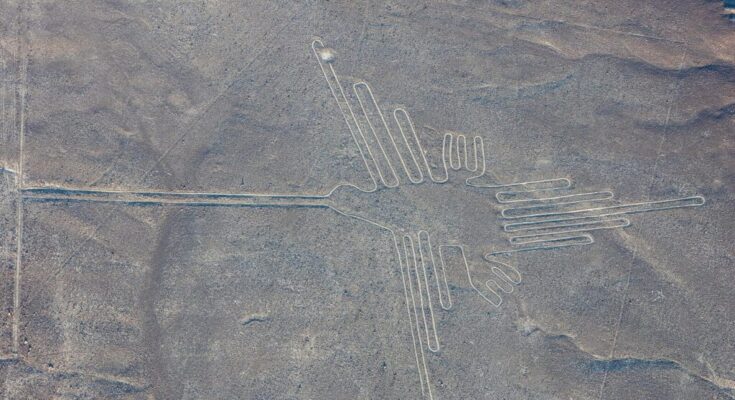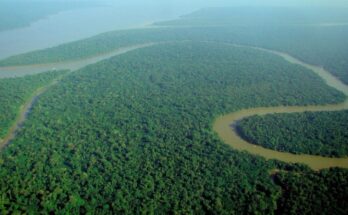
Archaeologists are using AI to uncover new sites in deserts and have found geoglyphs in Peru and artifacts in Abu Dhabi.
Artificial intelligence has leaked into the world of archaeology. As the world shifts its focus to its development, AI is finding its way into every field and daily life. In Peru, archaeologists discovered hundreds of geoglyphs in the Nazca Desert, utilizing AI to spot them from drone pictures. Meanwhile, in Abu Dhabi, archaeologists are using AI to identify potential sites in areas that are challenging to explore, such as the Empty Quarter desert.
Using AI to find geoglyphs in Peru
In Peru, archaeologists from Yamagata University teamed up with IBM to create an AI model capable of spotting geoglyphs in aerial drone images. The problem with some drone images is that, sometimes, the geoglyphs captured could appear faint, but this AI model was tailor-made to have no issues.
The archaeologists found 303 geoglyphs, which they later confirmed by visiting the sites photographed in their search. In a paper published in the Proceedings of the National Academy of Sciences (PNAS), the authors explained the discovery process and discoveries themselves.
“Of the 303 newly discovered figurative geoglyphs, 178 were individually suggested by the AI, and 125 were not individually AI-suggested,” the authors said in the paper.
According to the paper, the people living in Nazca used the geoglyphs from 100 BC to 50 AD. The authors also cited the drastic improvement AI made in the time it took to discover the geoglyphs in aerial drone images.
Revealing sites in the Empty Quarter Desert
Archaeologists at Khalifa University have used AI and satellite imagery to reveal new dig sites in the Empty Quarter Desert.
Researchers have been utilizing tools like Google Earth for years. However, those tools don’t work as well in the desert, where the sands and dunes are ever-shifting and can be deceptive.
“We needed something to guide us and focus our research,” said Diana Francis, an atmospheric scientist and one of the project leads.
Using synthetic aperture radar (SAR), which uses radio waves to look below the surface of what it scans via satellite, the archaeologists trained AI using already discovered sites to detect new ones. While SAR has been around since the ’80s, merging AI with it is an entirely new concept.
“Once it was trained, it gave us an indication of other potential areas that are still not excavated,” said Francis.
This has been one of the most unique usages of machine learning and AI, merging old technology with new-age technology. Combining the two and using tech, like AI, could lead to unprecedented discoveries.
“The way that I would like to use this kind of technology is on areas that perhaps have either no or a very low probability of archaeological sites, therefore allowing researchers to focus more on other areas where we expect there to be more found,” said Hugh Thomas, an archaeology lecturer at the University of Sydney.



